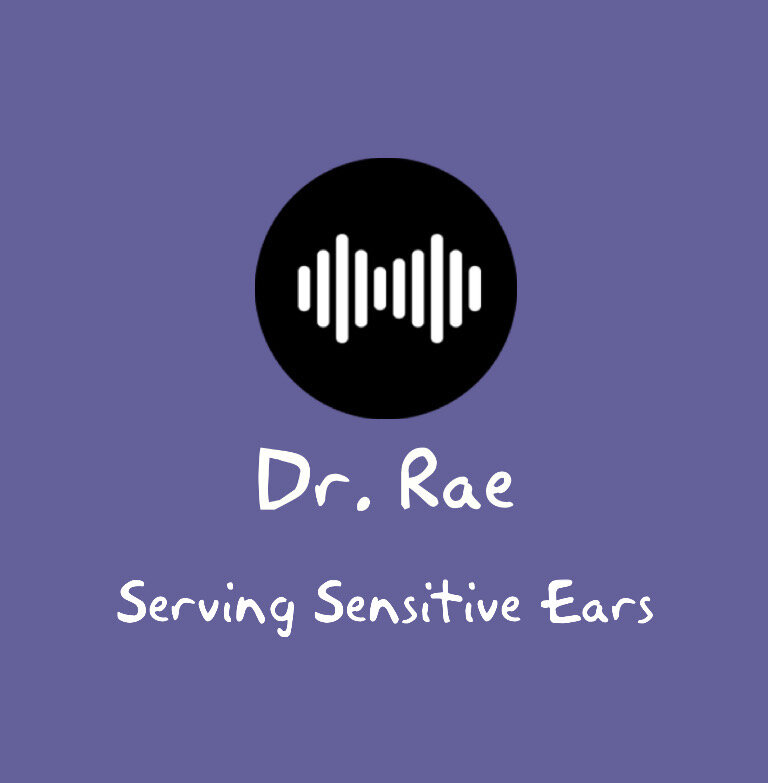Starting A Low-Gain Hearing Device Trial?
Step One: Installation
Hearing aids are programmed in your home via a Bluetooth programmer called a Noahlink Wireless.
Programming requires a working internet connection and a Windows 10 (not Mac) computer. You need to have downloaded the appropriate software (links below). Aids need to be charged a minimum of four hours prior to programming.
Once you have installed the Unitron or Phonak software (based on the brand of the aids you’ve ordered), please also download the Noahlink Wireless Driver software.
Finally, please send us a picture of your installed software on your desktop at info@drraestout.com.
Unitron
Click the link to download the program (lower link).
Once the program has downloaded, click “Extract All.”
Once extracted, click “Set Up” and go through the installation process.
At the prompt for login and password, click
“Cancel.”
Step Two: Placement
When it comes to accustoming to the use of low-gain devices, sensitive kids often require a bit more time and care.
When placing the devices in the ears, you need to pull the back of the ear up and back. Then, trace your finger along the receiver wire to tamp the receiver into the ear.
If placed appropriately, you should not easily be able to see the red (right) or blue (left) receivers.
Sometimes, the domes we place on the receivers are not quite the right size. There are spare domes in another included case, both smaller and larger.
If the dome feels like it is “poking” or “tickling,” it may be too small of a size. If it unable to be inserted fully, it is possible that the size of the dome may be too large. Lubrication using a water-based lubricant such as “Otoease” (available on Amazon) can often help. Personal water-based lubricants can also be useful. Be careful to only use a bit at a time, so that it does not cause any clogging.
There are instructions on how to set up the Bluetooth streaming, etc. on the “Instructions” area of our site.
After the aids are placed in the ears to your satisfaction, please send a picture to Dr. Rae at info@drraestout.com.
Step 3: Acclimation
Think about your child’s (or your own) preferred daily routine. How often do you go into noisy places? How often are you in quiet places? Do people in your family relax by using phones or tablets? How about watching television as a group?
As this version of sound therapy should be used during most waking hours, it is crucial that the use of low-gain hearing devices be allowed to fit as seamlessly as possible into life.
One of the best ways to persuade children and teen to use their devices on a regular basis, is through Bluetooth bribery. Consider reducing the child or teen’s overall use of streaming such that they only can access media via the hearing aids. Then, give them more use of the streaming than usual, but within reason. Screen time doesn’t need to be the main form of streaming. Audiobooks or even listening to television without watching, can be good sources of auditory stimulation and immersion.
For most children and teens, it is thought that screen time may be detrimental to development. This may not be the case in children with a history of language deprivation, as a result of hearing loss or auditory processing difficulties. In fact, the extra stimulation accessed through media may be quite beneficial in that it exposes the child or teen to social interactions, conversational language, and even to the phonology needed for literacy!
Phonak
Click the link to download the program automatically.
Once the program has downloaded, click “Extract All.”
Once extracted, click “Set Up” and go through the installation process.
Noahlink Wireless Programmer
Plug the Noahlink Wireless device directly into a USB port in your computer.
Click the link to download the Noahlink Wireless Programmer Driver software.
Once the program has downloaded, install.
The program installs very quickly and then disappears.
Did you have to look twice to find the wire?
Hearing help should be designed to naturally fit within the rhythms of each individual’s life.





